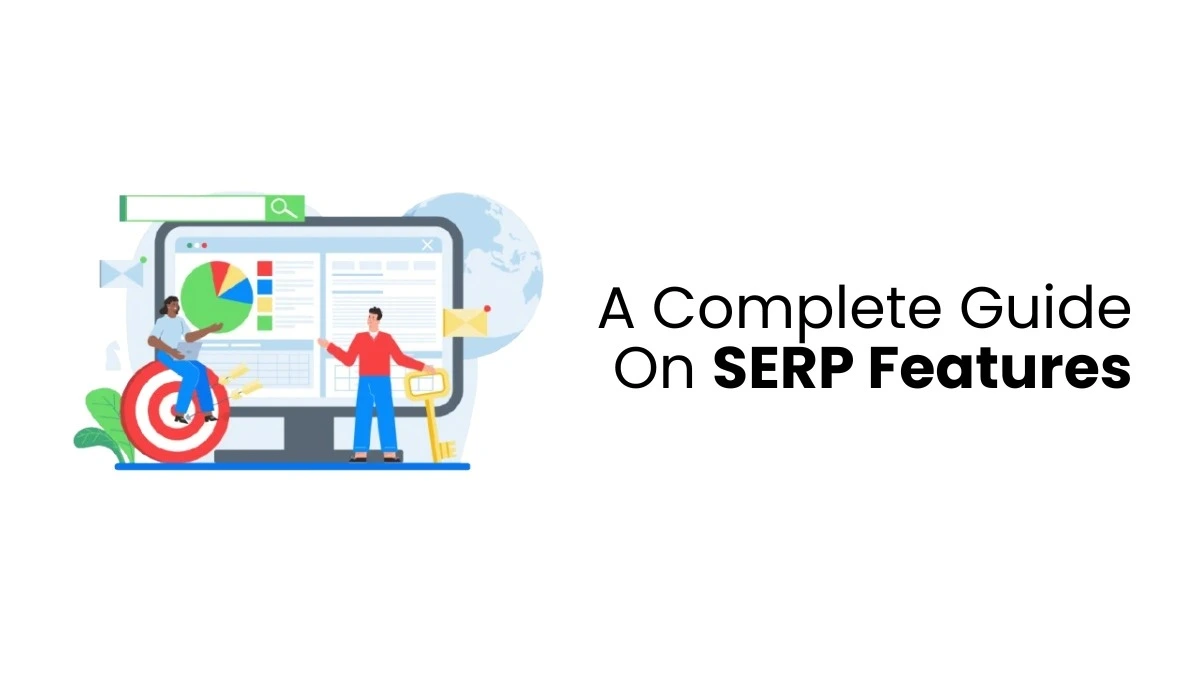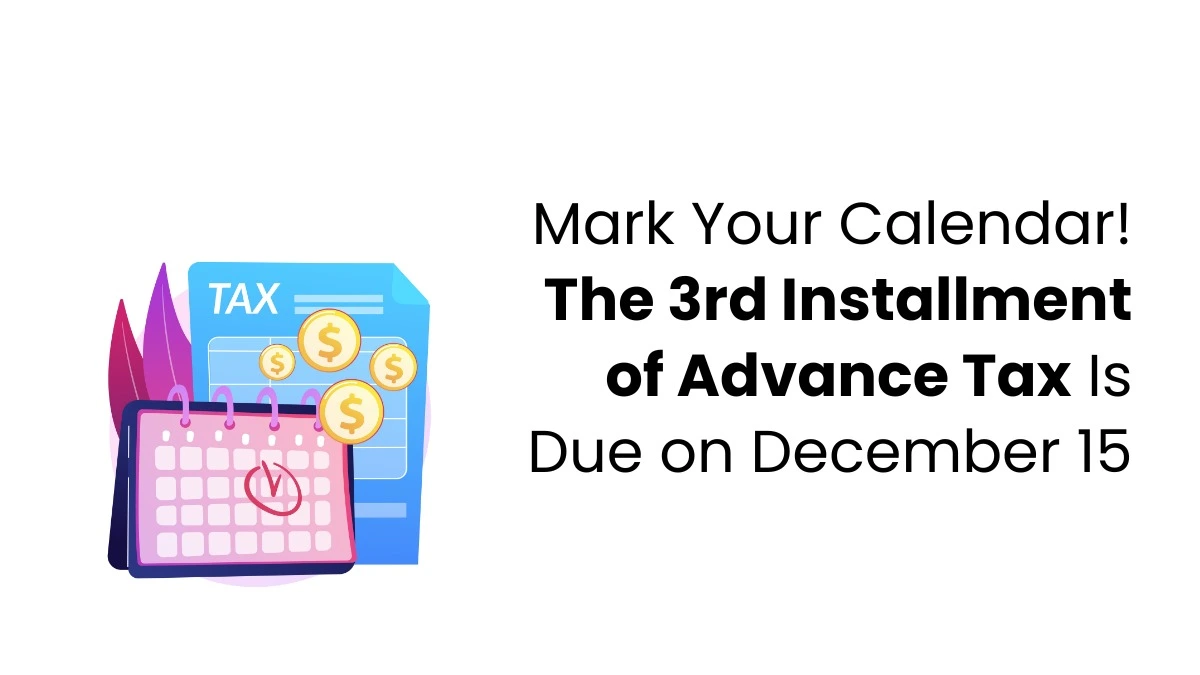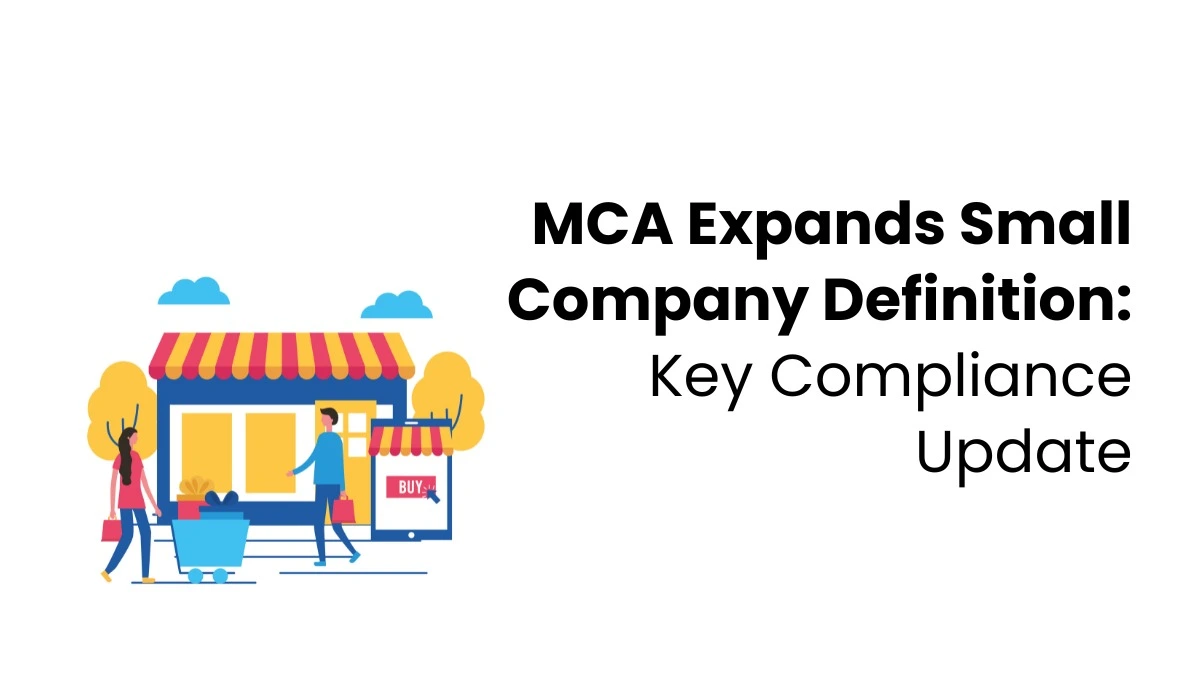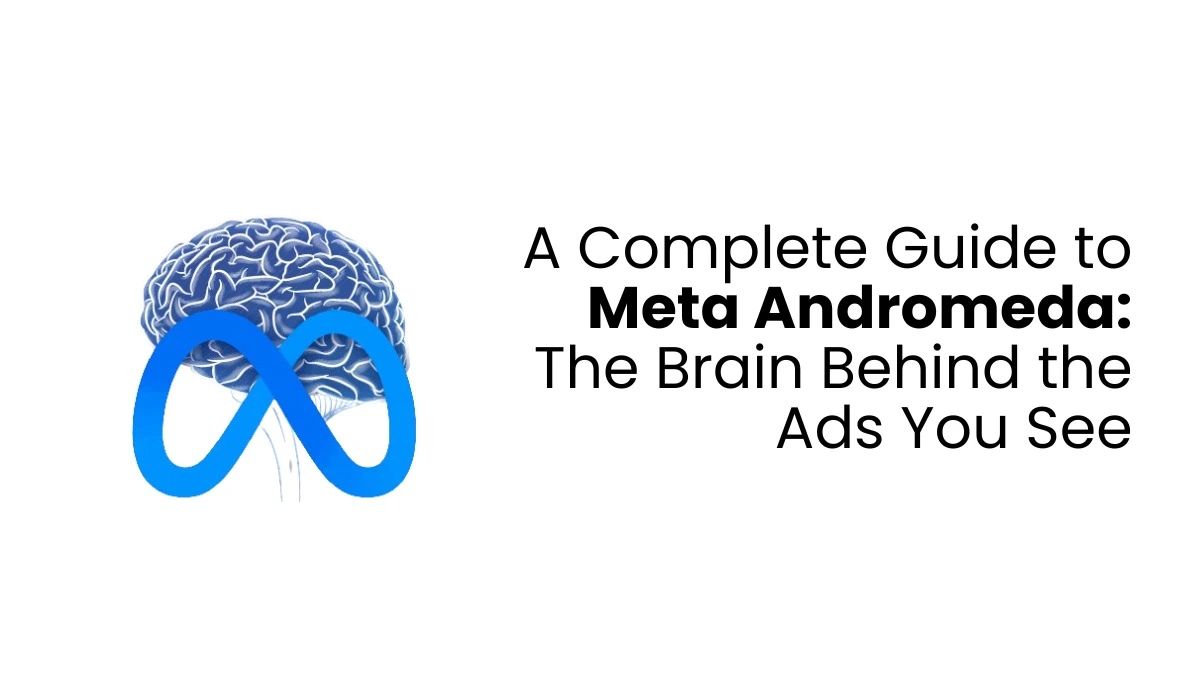Running Ads on Google will bring more visibility and sales for businesses. Nowadays, competition is high, there are also rising CPC rates, and many advertisers are struggling to win the race without spending much money. It’s a fact that we don’t have to increase the budget to do it right. Instead, it needs a strategic approach with campaigns, data-driven adjustments, and optimizing techniques that provide an excellent result with existing investments. These Google Ads Optimization Tips will help you to target your audience clearly and boost your product sales. Without the help of extra money, you can indeed optimize Google Ads for better results.
1. Optimize Your Keyword Strategy for Maximum ROI
First of all, you have to be more cautious when selecting keywords. Always focus on high-intent searches with custom matching types for maximizing ROI. Also, try to update negative keywords from the competitors’ list. To make your strategy the best, you must try to decrease your spending and also focus on finding opportunities that others miss. In every successful Google Ads campaign, there is an optimized keyword strategy, so never miss this opportunity.
1. Focus on Long-Tail Keywords
If you use long-tail keywords, you will face less competition. These types of keywords have strong user intent for high-quality leads that have the caliber to convert.
2. Choose the Right Match Types
Select keywords that match your context. Give more preference to exact matching to make precision targeting possible, then explore phrase match to maximize reach. It is better to avoid broad match, which brings in unwanted clicks.
3. Build and Maintain Negative Keyword Lists
Negative Keywords are the best way to reduce ad spend. Exclude terms like free, cheap, or any other competitor brand names to perfect your list of negative words.
4. Use Research and Competitor Insights
Google Keyword Planner and other competitor analysis platforms enable us to target the best keywords with minimal competition. Please avoid expensive terms to maximize value.
5. Prioritise High-Intent Alternatives
Instead of spending on expensive terms, you have to concentrate on user intent-driven queries. It is better to prioritise high-intent alternatives. This will also reduce Cost-Per-Click and increase user engagement.
2. Optimize Your Ad Copy to Improve Engagement and CTR
If your ad copy quality is good, your Google Ads success is confirmed. Your primary goal must be to attract customers and encourage users to take the desired action with maximum effectiveness. A higher click-through rate contributes to an enhanced quality score. To reduce the cost per click and increase visibility, write more engaging ads. Through this action, you can also decrease CPC costs and cost per impression . This is one of the key Google Ads optimization tips that should be followed to achieve better results.
Best Practices for Effective Ad Copywriting
- Integrate Core Keywords Naturally: According to the searcher intent, you have to use the primary keyword prominently in your headline and text ad.
- Highlight Unique Value Propositions (UVPs): Says what is unique about your business, like free consultations, etc.
- Incorporate a Strong Call to Action: Using phrases like “book now” will give viewers a clear idea of what action to take next.
- Leverage Numbers and Specifics: If you use numbers wisely, such as “claiming a seat within 2 weeks”, you will get more conversions.
- A/B Test Different Versions: Continuously test headlines, CTAs to ensure efficiency.
Why this matters: Effective ad copy will generate more clicks and improve your ranking. This will enable it to appear more often without raising bids.
3. Optimize Your Google Ads Quality Score
The Quality Score (QS) is a score you must know because it tells you how useful advertising, keywords, and landing pages are to the audience. This score can indeed change your cost-per-click and ad rank. By this score, you can understand how many people clicked your ad and how well your landing pages work. You should aim to gain a score of 8-10 to minimize your CPC. You must evaluate your ads and check whether they will attract the audience, and also check whether your landing pages load faster on both mobile and tablets.
Key Points to Optimise QS:
- Always check your expected CTR, the relevance of the ad, and the quality of the landing page.
- Look for areas of weakness in QS to make progress yourself.
- Try to aim for good scores to boost your ranking.
- Make your ad copy attractive and ensure your landing pages load faster.
4. Optimizing Ad Extensions
Ad Extensions make your Google Ads more clickable at no extra cost. This will add details such as links, calls, prices, or locations directly below it, so users can take action more quickly. This is one of the Google Ads optimization tips that can help you achieve better results.
Types of Ad Extensions
- Sitelinks: Direct traffic to specific pages like landing pages.
- Callouts: Use short callouts to catch attention, like “Free Delivery”.
- Structured Snippets: Small snippets for writing features or product types.
- Call: Let mobile users call you instantly.
- Location: Share your address or map pin to build local trust.
- Affiliate Location: Point customers to nearby stores selling your products.
- Price: Show prices along with products.
- Promotion: Highlight discounts or special offers.

Why They Matter
- Improve ad visibility and CTR.
- Build trust and credibility.
- Provide more paths for users to engage.
- Enhance campaign performance without additional spend.
Pro Tips for Optimisation
- You should select a relevant extension that matches your business goals
- You can use multiple extensions according to your goal.
- You can also check ad extension performance in Google Ads Reports
- Continue testing different mixes to achieve higher conversions.
5. Focus on Tracking Conversions & Smart Optimization
You run ads, but if you are not checking the conversions, then it is of no use. That’s why measuring every action is key. This is also one of the Google Ads optimization tips.
Important conversions to measure:
- Form submissions or sign-ups
- Inbound calls from ads
- Online purchases
- Key button clicks
- Visits to confirmation/thank-you pages
Utilize tools like Google Tag Manager or Google Ads Conversion Tracking to gather accurate data.
How to act on it:
- Reduce spending on keywords and ads that consume budget but don’t convert.
- Invest more in the campaigns that actually bring leads or sales.
- Improve landing pages with CRO practices to push more visitors into customers.
6. Time Your Ads for Maximum Impact
If you are running ads 24/7, it is good, but the problem is that it wastes your hard-earned money when your audience turns offline. It is better to use ad scheduling (day parting) to show ads to the audience when they are online.
Steps to get it right:
- Check on Google Ads/Analytics to spot patterns
- You can watch out for peak hours and try to make conversions.
- Try to reduce bids and pause ads during periods of low activity.
Pro insight:
- For B2B brands, weekdays and office hours usually deliver stronger results.
- For B2C brands, evenings and weekends can outperform.
If you align ad visibility according to audience behavior, you can effectively reduce wasted spend.
7. Turn Clicks into Conversions with Better Landing Pages
Remember, if your landing page is good enough, your audience clicks will turn into real actions. Make sure that your landing pages load quickly on both mobiles and tablets. If you have added trusted testimonials to provide users with an idea about your brand. You can also use remarketing techniques to reach those who didn’t convert earlier and achieve better results.
Always check the following factors:
- Headline that matches your ad
- One clear goal, no extra links or menus
- Strong call-to-action (e.g., “Buy Now”, “Sign Up”)
- Loads fast (under 3 seconds)
- Works well on mobile
- Trust signs like reviews or security badges
8. Try Different Ad Formats To Find What Works
Google advertising allows you to quickly determine which types of ads will work for your audience and gain greater returns. Every element in advertising has its own way to attract people. With the help of A/B Testing, you will understand which ad formats yield better results. This ensures wise spending of your money, as you can concentrate on ads to get better output. This method will provide you with more effectiveness in your ad strategy.
Popular Google Ads Formats:
- Search Ads – Text and responsive ads that appear in search results.
- Display Ads – Static or responsive visuals across websites in the Google Display Network.
- Video Ads – YouTube pre-rolls, bumper ads, and in-stream promotions.
- Shopping Ads – Product listings showing images, prices, and store details.
- App Campaigns – Promote apps across Search, YouTube, Play Store, and Display Network.
You have to track performance metrics for each format and make changes in your campaigns to get better outputs.
9. Optimize Your Bidding and Targeting Strategy
The next step is to optimize your bidding and targeting strategy. You don’t have to spend more, but you have to spend wisely. Choose a clear way to bid and make it more straightforward to identify who you want to reach. So that you will get more productive without doing more work by keeping an eye on everything.
Smart Moves to Try
- Always choose the correct bidding style. If you have access to adequate data, you can use manual CPC for more control or automated options, such as Target CPA/ROAS.
- You have to note some places, devices, and times. That helps make more conversions.
- Use Keywords that are stronger. Always keep your negative keyword list strong and only use exact match.
- Try out new channels. For more traffic at a low cost, you can consult Google search partners.
- You can use automation to speed up tasks.
10. Match Your CTA with What Users Really Want
Always remember to align your call to action(CTA) with user intent to make more people convert. For that, you have to understand search intent that enables you to design specific CTAs that meet user needs more effectively. This is also one of the Google Ads optimization Techniques
Best Practices:
- Research keywords to discover what others are searching for.
- Ensure the ad copy aligns with users’ expectations.
- Ensure that your landing pages meet the expectations set by your ads.
- Try out alternative CTAs, such as “Sign Up” or “Learn More.”
- Make sure your wording is clear and focused on action.
11. Track the Right Metrics to Drive Business Results
If you regularly track metrics, you will have the opportunity to assess whether your efforts are yielding results such as increased leads, sales, or brand recognition. Metrics will help you to identify where the improvements must be made, and they also depict return on Investment(ROI).
Steps to prioritize metrics:
- First, you have to find out what your key goals are.
- Keep an eye on CTR, Conversion rate, cost per conversion, Return on Investment(ROI), and quality score.
- Set Goals by checking past data as a guide.
- Check Google Ads Reports to find problems and trends
- Try to keep optimising by changing bids, targeting, and ad language based on how well they work.
Conclusion
When we say optimise Google Ads, it does not mean to spend more, but it means working smarter. With the above 11 tips, ranging from strategic bidding to aligning CTAs with user intent, you can easily increase conversion rates and maximize ROI. Regularly testing and monitoring metrics ensures that your campaigns are cost-effective. Each click will be counted towards better results. If you want to learn more details about this, you can join a ppc course in Finprov, a trusted digital marketing institute in Kerala.
FAQs
1. What does Google Ads optimisation mean?
It means that you effectively use Google Ads by changing its settings, targeting, and content so that you gain better output without spending more money
2. Can I really boost performance without increasing the budget?
If you are willing to adjust the keywords, ad copy, and targeting, it will improve the effectiveness of your ads.
3. Which areas should I focus on first?
You can focus first on keyword quality, ad relevance, landing page experience, and conversion tracking.
4. Do small changes in Google Ads make a big difference?
Yes! Just stopping advertising that is not working can also boost ROI.
5. Is optimisation a one-time process?
No, it’s an ongoing process. Regular monitoring helps maintain strong ad performance over time.










